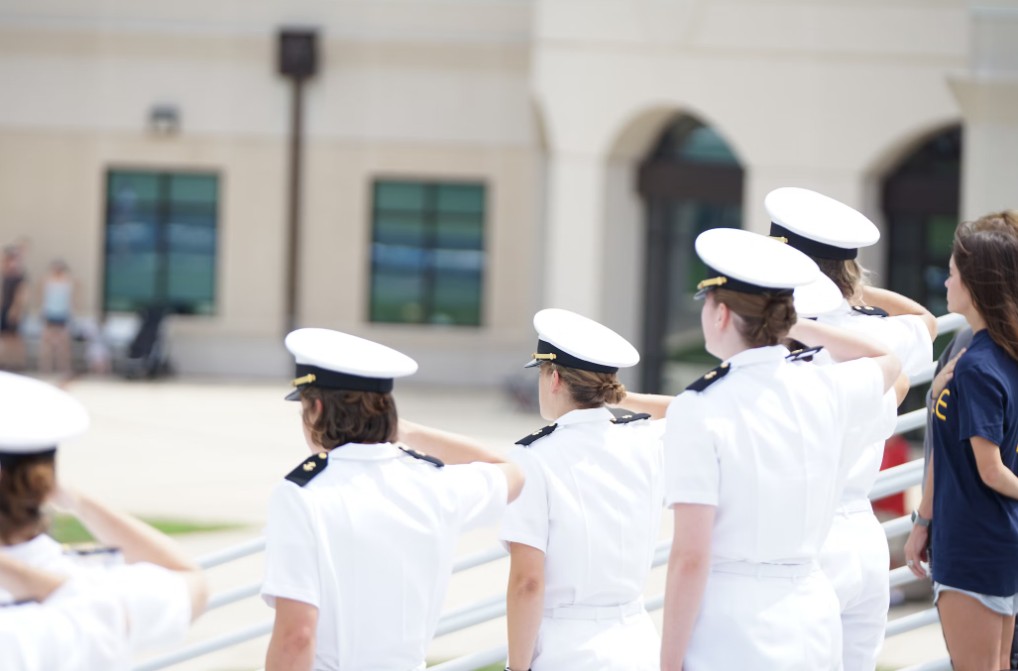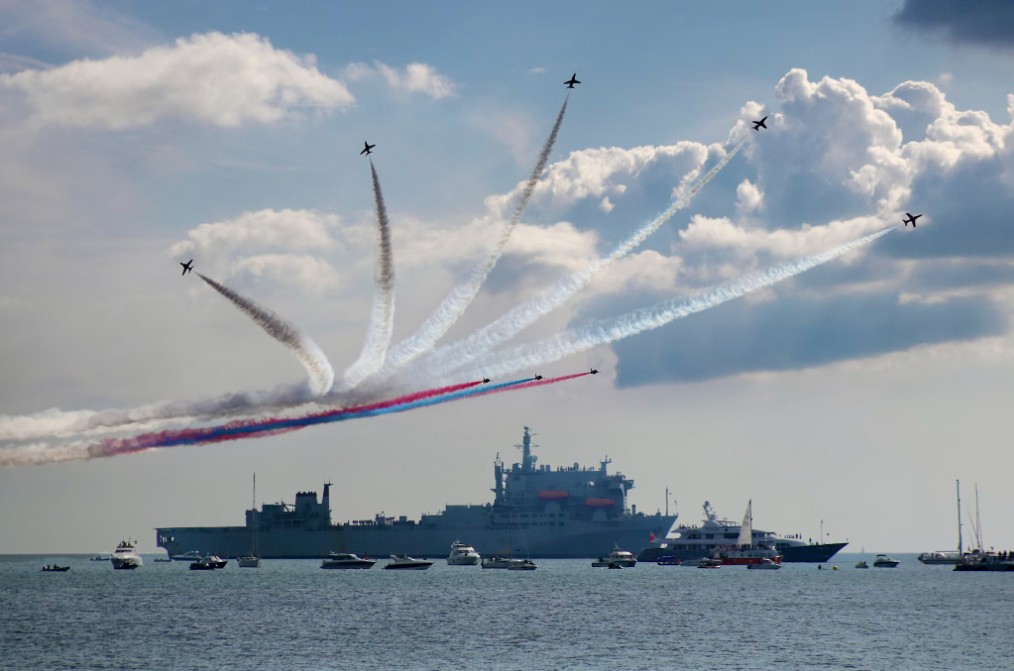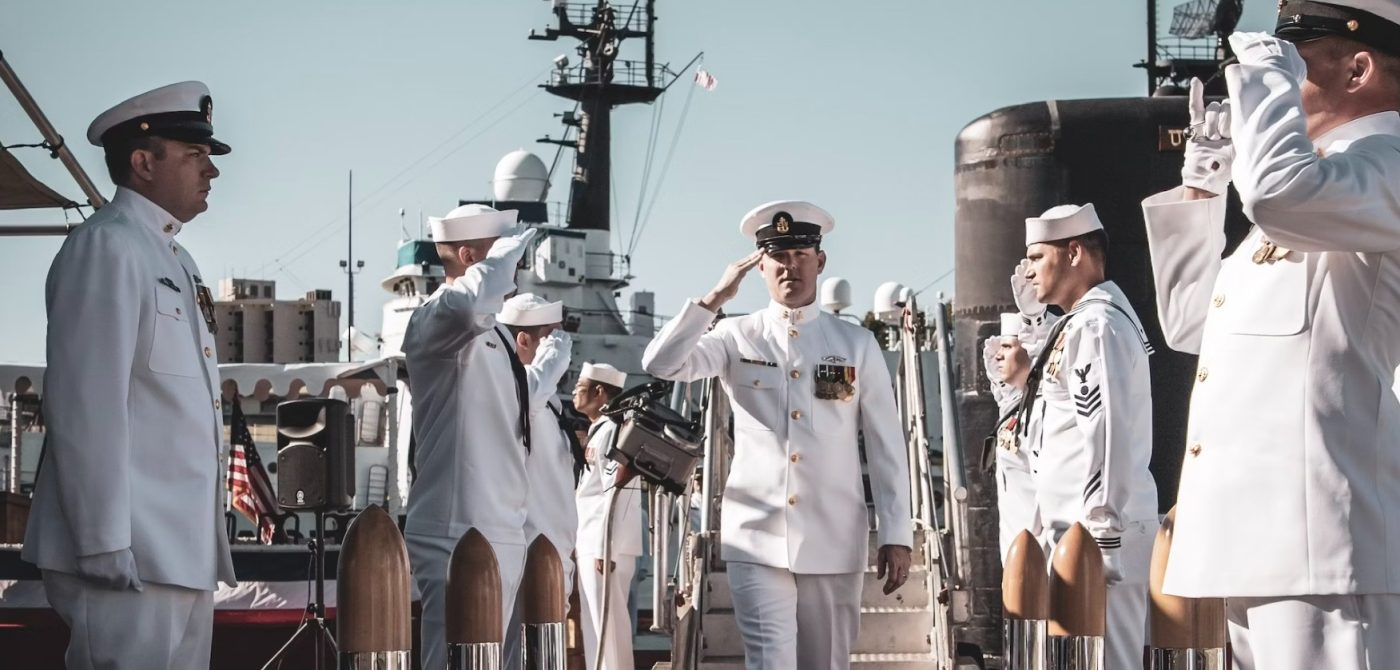Color blindness is a common disorder that affects millions of people around the world. While it is often thought to be a minor issue, in reality it can affect your ability to see colors and often leads to difficulty performing certain jobs or tasks. For example, people who are color blind may have trouble distinguishing between red and green colors, which is an important part of some careers such as being a pilot or an electrician.
In this article we will discuss how color blindness can affect a Navy career. We will also cover some of the ways that people with color blindness can work around it and still be successful in their chosen career path.

If you are color blind and want to join the Navy, there are some things you need to know before you take the Armed Services Vocational Aptitude Battery (ASVAB). The ASVAB test evaluates your aptitude for different military jobs;
It does not measure intelligence. Because of this, even if you have perfect scores on the other parts of the ASVAB, there could still be certain jobs for which you are disqualified because of your color vision deficiency.
The U.S. Navy has some requirements for colorblind individuals in order to serve in the armed forces. Men must be able to see any color on the Snellen chart with 20/20 vision or better. Women must have at least 20/40 vision in each eye and no worse than 20/200 in both eyes together.
Only applicants passing the color vision test are eligible for enlistment in the U.S. Navy. If you have color blindness (even mild), you will be disqualified from joining unless you can get a waiver from the Department of Defense (DoD) or from your local recruiting station’s medical officer.
Waivers are granted only to those who have had their color vision tested by an authorized optometrist or ophthalmologist and received a report confirming that there are no other disqualifying medical conditions present (such as glaucoma).
The Navy has many jobs that require individuals who are able to see colors correctly. These jobs include:
- Aviation Boatswain’s Mate (AB): These personnel are responsible for the handling, launching, and recovery of aircraft on the flight deck of aircraft carriers. Accurate color vision is crucial for signaling and directing aircraft operations.
- Aviation Electrician’s Mate (AE): AE technicians maintain and repair electrical systems in Navy aircraft, ensuring proper functioning of navigation lights, warning lights, and other electrical components.
- Aviation Structural Mechanic (AM): AMs maintain and repair the airframe and structures of Navy aircraft, which may involve working with color-coded wiring and components.
- Aviation Electronics Technician (AT): ATs troubleshoot, repair, and maintain electronic systems and avionics equipment on aircraft, which often involves working with color-coded wiring and components.
- Hospital Corpsman (HM) in certain specialties: Some HM specialties, such as Medical Laboratory Technician (MLT), Radiologic Technician (RAD), or Histopathology Technician (HT), may require accurate color vision due to the nature of their work.
- Aviation Ordnanceman (AO): AOs handle and maintain aircraft weapons systems and ordnance. Accurate color vision is essential for the identification and handling of ordnance components and color-coded explosives.
- Aviation Machinist’s Mate (AD): ADs are responsible for the maintenance and repair of aircraft engines and related systems, which may involve working with color-coded parts and diagrams.
- Damage Controlman (DC): DCs are tasked with fire-fighting, damage control, and emergency response on Navy ships. Accurate color vision is crucial for identifying and using color-coded safety equipment and systems.
- Electrician’s Mate (EM) in certain specialties: EMs who work on electrical systems involving color-coded wiring may require accurate color vision.
- Interior Communications Electrician (IC): ICs maintain and repair communication and alarm systems on Navy ships, which may involve color-coded wiring and components.
- Interior Communications Electrician (IC): ICs maintain and repair communication and alarm systems on Navy ships, which may involve color-coded wiring and components.

The U.S. Navy has a long history of accepting people with color vision deficiencies, including red-green color blindness. The Navy has always accepted recruits with color vision deficiencies, but there are certain jobs that are more suited to a person who is colorblind than others. Here are 10 great jobs in the Navy for people who are color blind.
- Administrative Specialist (YN): Administrative specialists perform various clerical and administrative duties, such as record keeping, data entry, and office management.
- Yeoman (YN): Yeomen assist with administrative tasks, including personnel and financial record keeping, as well as correspondence and document preparation.
- Personnel Specialist (PS): Personnel specialists manage personnel records, process personnel actions, and assist with human resources tasks.
- Information Systems Technician (IT): ITs work with computer systems, networks, and communications equipment, ensuring their proper operation and maintenance.
- Hospital Corpsman (HM): Hospital corpsmen provide medical care to Navy personnel and assist in various healthcare settings, including hospitals and clinics.
- Culinary Specialist (CS): Culinary specialists prepare and serve meals on Navy ships and bases, managing food supplies and kitchen operations.
- Electrician’s Mate (EM): Electrician’s mates are responsible for the maintenance and repair of electrical systems and equipment on Navy ships.
- Electronics Technician (ET): Electronics technicians work on the maintenance and repair of electronic systems and equipment.
- Hull Maintenance Technician (HT): Hull maintenance technicians perform welding, metalworking, and other maintenance tasks on Navy ships.
- Machinery Repairman (MR): Machinery repairmen are responsible for maintaining and repairing mechanical systems and equipment on Navy vessels.
Possible Solutions and Accommodations

Navy officials told Business Insider that they are aware of the colorblindness problem and have been working with the Department of Defense to address it.
“The Navy has a long history of supporting sailors with disabilities,” said Lt. David Levy, a public affairs officer at Naval Surface Force Atlantic. “We take seriously our responsibility to provide a safe, secure and inclusive workplace for all our Sailors.”
The Navy has already made strides in this area by conducting research into wearable technology such as glasses or contact lenses that could help colorblind personnel.
If the Navy does not have any other solutions available yet, it will make accommodations for those who cannot pass their training courses. For example, if you are unable to see certain colors during your training, you can request an accommodation from your supervisor or command so that you have an alternative way of doing the job instead of being disqualified from service altogether.
Colorblind-friendly contact lenses or glasses that allow colorblind sailors to see color correctly. The glasses are available at medical facilities worldwide and online shop, including Naval Hospital Camp Pendleton (California),Naval Hospital Yokosuka (Japan),covisn lens online store.

Don’t Lie About Your Color Vision Deficiency
The first step to improving your chances of getting into the Navy is being honest about any medical conditions you may have. If you’re colorblind, don’t lie about it when filling out medical forms prior to enlistment or OTS (Officer Training School). Instead, be upfront about your condition and explain how it affects your daily life so that recruiters can make a fair assessment based on all available evidence.
The U.S. Navy has a program that helps people with color deficiencies see colors better. It’s called Visual Field Enhancement (VFE). This is a special training program that helps people with color blindness see colors more clearly by using special filters.
The VFE program is designed for those who are not totally colorblind but still have difficulty distinguishing colors from one another or seeing them as they really are. The VFE training may help them improve their ability to distinguish colors and see them as they really are without requiring corrective lenses or glasses.
Take the useful tips
1. Use a highlighter when reading printed materials such as maps or instructions from superiors. This will help you find important words or phrases more easily than reading through everything in black ink on white paper.
2. If possible, memorize important information such as telephone numbers or names by associating them with a visual cue like a person or place so it becomes easier to recall later on without needing to rely on printed materials as much.
3. Contact your unit’s medical officer if there are any specific requirements they have that may help improve your chances of passing physical testing such as wearing glasses or contact lenses.
Final thought
Colorblindness is not an absolute barrier to working in the navy, and there are many other careers available for people with this condition.
With the various technologies in place to make life easier for people with color blindness, this should not prevent someone from considering any career they may desire.

